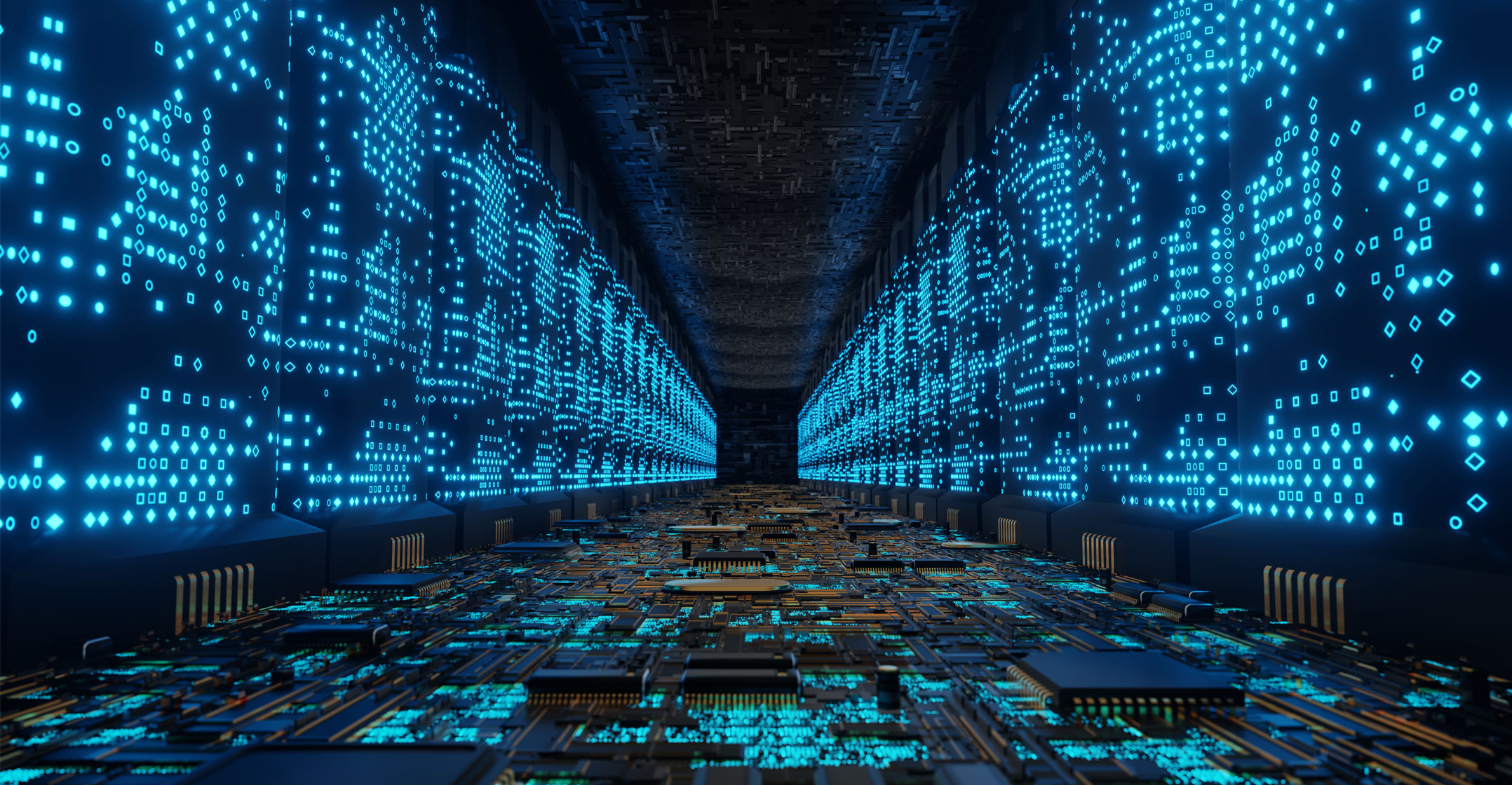 Carbon neutrality has become a global consensus and mission. Forty-four countries have set deadlines to achieve carbon neutrality – including those in the EU by 2050 and China by 2060.
Carbon neutrality has become a global consensus and mission. Forty-four countries have set deadlines to achieve carbon neutrality – including those in the EU by 2050 and China by 2060.
This is one of the biggest trends in the coming 30-40 years. It is not only a revolution in power production and consumption, but also an opportunity to upgrade industries and bring a comprehensive and profound revolution to economies and societies.
According to the International Energy Agency, electricity accounts for 40% of carbon emissions, while transportation accounts for 21%. To achieve carbon neutrality, three key steps need to be met:
- Green power generation;
- Electrification of power consumption; and
- Digitalisation and intelligence.
In the 30 years since Huawei was established, continuous investment and innovation has made the company a technical leader in digital technologies such as 5G, cloud and AI, as well as in power electronics technologies such as materials, next-generation components, topology optimisation and thermal management.
Huawei provides all-scenario low-carbon energy solutions, covering the whole energy flow from green power generation to efficient power consumption. For green power generation, Huawei provides a smart PV solution that can enable each ray of sunlight to generate more electricity. Huawei’s data centre power solution allows each used watt to produce more computing power. And Huawei low-carbon site power can adapt for operator networks in different scenarios, allowing each watt to carry more bits.
Huawei also has electric vehicle power solutions with advanced power systems, battery systems and charging facilities to allow EVs to drive further between charges.
In addition, Huawei will continue to work with its partners to provide integrated smart energy solutions for different scenarios, such as low-carbon campuses and buildings. On top of that, there is an energy cloud built as a platform for an energy Internet ecosystem, to serve global customers and partners, as well as improve energy efficiency.
Smart PV
By 2050, the renewable energy power will increase from today’s 25%, to 80%. The growth will be mainly attributed to solar PV. Huawei’s PV solution is dedicated to accelerating the development of PV for all scenarios. For example:
- In large-scale power plants, Huawei’s PV solution can reduce the levellised cost of energy by 7% and improve O&M efficiency by 50%.
- In the commercial and industrial scenario, Huawei’s PV solution can help users achieve higher power generation and better power storage. Huawei can also provide a smooth migration to low carbon for users with its innovative technologies such proactive safety protection and intelligent operations and maintenance.
- In the residential scenario, Huawei’s PV solution can be installed flexibly on any rooftop and can increase power generation by up to 30% with intelligent optimisation.
- In addition, today more than 800 million people worldwide still live in areas with no or unstable power. Diesel generators are widely used in such areas, which brings low-efficiency power generation, high carbon emissions and high fuel costs. To tackle this challenge, Huawei has launched an off-grid integrated energy solution to replace diesel generators with PV, which can reduce power generation costs by more than 50%, achieving zero carbon emissions.
 Data centres
Data centres
In data centres, Huawei is targeting simplified, green, intelligent and secure next-generation facilities through technology innovations in prefabrication, modularisation and intelligence.
- Huawei’s prefabricated modular data centre can shorten the construction period for large facilities from more than 20 months to just six months. Huawei can also improve power usage effectiveness (PUE) with intelligent functions like AI power saving. Furthermore, faster delivery and better PUE can reduce the overall total cost of ownership and internal rate of return by more than 2%.
- For small and medium data centres, Huawei’s smart micro-module solution is adaptable to different scenarios including different equipment rooms and different load-bearing capacities. Data centres can be delivered within four days and PUE can be reduced.
Site power
Today, 5G has been deployed widely. In most of scenarios, operators need to deploy 5G equipment to existing sites, which brings challenges such as high power consumption and insufficient space. Huawei’s site power solution can simplify the site by replacing equipment rooms with cabinets and cabinets with poles, and help operators achieve zero additional energy opex when adding 5G.
- Huawei’s green site solution allows operators to achieve one site, one cabinet, replace rooms with cabinets and improve site energy efficiency up to 90%, and save in opex costs such as rent and electricity.
- If cabinets are replaced with poles, site power efficiency can be further improved up to 97%, and offer additional benefits such as no need for climate control, zero footprint and quick deployment (within an hour). In addition, Huawei’s cloud lithium solution can change energy storage from isolated dumb components to cloud-intelligent energy storage systems, helping operators achieve ultimate site safety and reduce total cost of ownership by 20%.
- In areas with no electricity grid, or a poor grid, a solar hybrid power solution can replace the diesel generator with PV and storage. This reduces the cost of power by more than 50% and achieves a low-carbon outcome.
Integrated smart energy
More and more governments and enterprises are looking to build low-carbon cities and parks. Huawei’s integrated smart energy solution can integrate different power solutions and technologies to achieve optimal power efficiency for entire cities.
Furthermore, the smart energy cloud can collect data of the whole energy flow, from power generation to power delivery, distribution and consumption. Based on the big data, the company can further improve energy efficiency and help achieve low-carbon cities.
Smart Energy Cloud
Huawei Smart Energy Cloud, which is an “energy Internet platform” and an intelligent energy data platform, offers an intelligent operations and maintenance system.
- FusionSolar, the smart PV management system in the cloud, can bring functions such as intelligent IV diagnosis, visualised safety and improved O&M efficiency.
- iCooling can make self-optimisation and reduce the PUE of data centres.
- In addition, the smart energy cloud can provide openness to Huawei’s partners for secondary development to meet customised scenarios and requirements.
Huawei digital Power serves more than 170 countries and regions, covering a third of the world’s population.
Co-create a greener and better future
Targeting carbon neutrality and clean energy, the vision of Huawei Digital Power is to digitalise traditional energy. It wants to develop green energy and integrate digital technologies and power electronics technologies, to provide simplified, green, smart and secure solutions for clean power generation, green ICT infrastructure, transportation electrification and integrated smart energy. By 30 June 2021, Huawei Digital Power had helped customers generate 403.4 billion kilowatt-hours of green electricity and helped save 12.4 billion kilowatt-hours of electricity — equivalent to reducing carbon emissions by more than 200 million tons and planting 270 million trees.
Huawei will remain open and will work closely with its customers and partners to build a zero-carbon intelligent society.
- This promoted content was paid for by the party concerned




